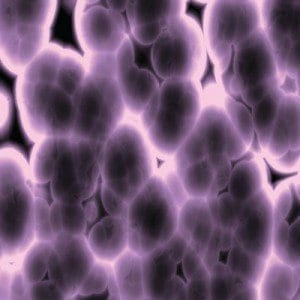 New System Could Convert Cells Into Making Insulin: Diabetes is a disease of the body that incurs when a person does not have enough pancreatic beta cells, to produce the necessary insulin which is used to regulate their blood sugar levels.
New System Could Convert Cells Into Making Insulin: Diabetes is a disease of the body that incurs when a person does not have enough pancreatic beta cells, to produce the necessary insulin which is used to regulate their blood sugar levels.
As it stands right now, there is one standard treatment for diabetic patients and that’s insulin therapy. Insulin therapy works by supplying the patient with insulin so that blood sugar levels can be maintained, thereby reducing the risk of high blood sugar levels that cause a number of various diabetic complications such as neuropathy.
With advancements being made all the time in scientific medicine, researchers began to wonder what would happen if they tried to persuade other cells within the body to become pancreatic beta cells. The answer became quite clear when researchers from UCLA’s Larry L. Hillblom Islet Research Center took the scope from asking the question to making it a reality. The researchers found an underlying mechanism that can transform other cells into pancreatic beta cells.
While insulin therapy does work as an effective treatment, pancreatic beta cells are a potential cure for diabetes.
“Our work shows that beta cells and related endocrine cells can easily be converted into each other,” notes study co-author Dr. Anil Bhushan, an associate professor of medicine in the endocrinology division at the David Geffen School of Medicine at UCLA and in the UCLA Department of Molecular, Cell and Developmental Biology.
Throughout history, cells have been construed as being set in place and unable to change or switched to other cells. However, recent studies have proved something much different. This has launched further understanding into what mechanism allows this to happen.
Chemical tags named “methyl groups” are connected to DNA; these chemical tags can turn up and down the activity of different, particular genes. Methyl groups are very important when it comes to understanding how cells can be transformed into pancreatic beta cells. Methyl groups keep a gene called ARX, which triggers the formation of glucagon-secreting alpha cells in the embryonic pancreas, which cannot be seen in beta cells. By deleting an enzyme called Dnmt1 from the insulin-producing beta cells, they can be transformed into alpha cells.
“We show that the basis for this conversion depends not on genetic sequences but on modifications to the DNA that dictates how the DNA is wrapped within the cell,” Bhushan notes. “We think this is crucial to understanding how to convert a variety of cell types, including stem cells, into functional beta cells.”